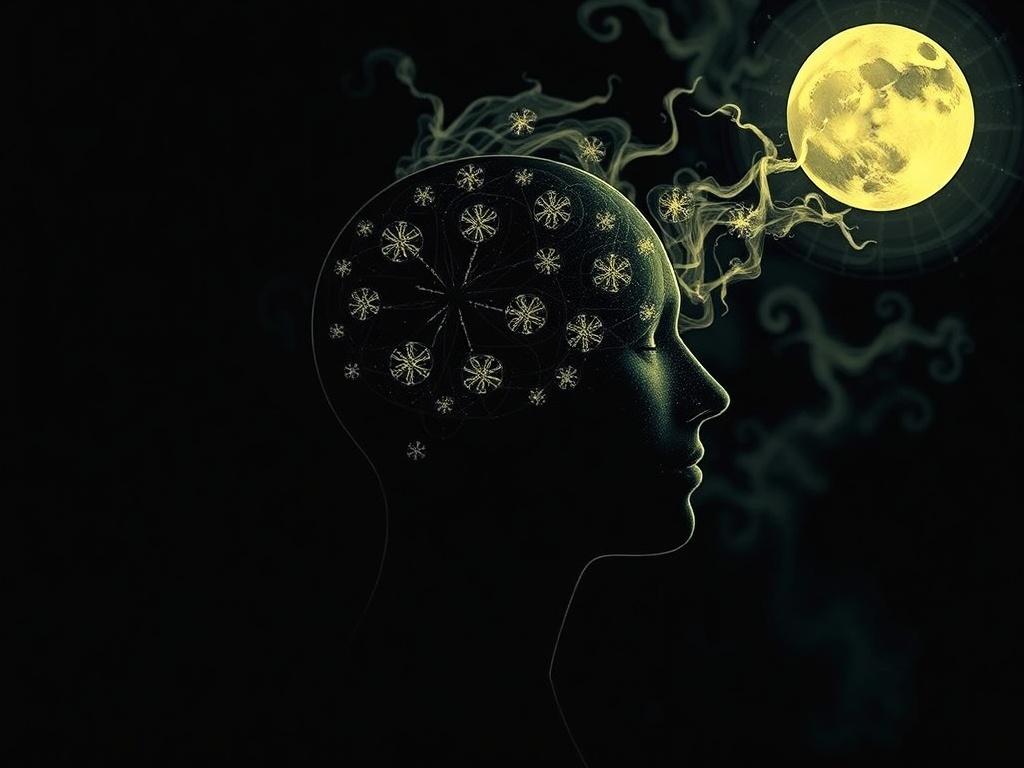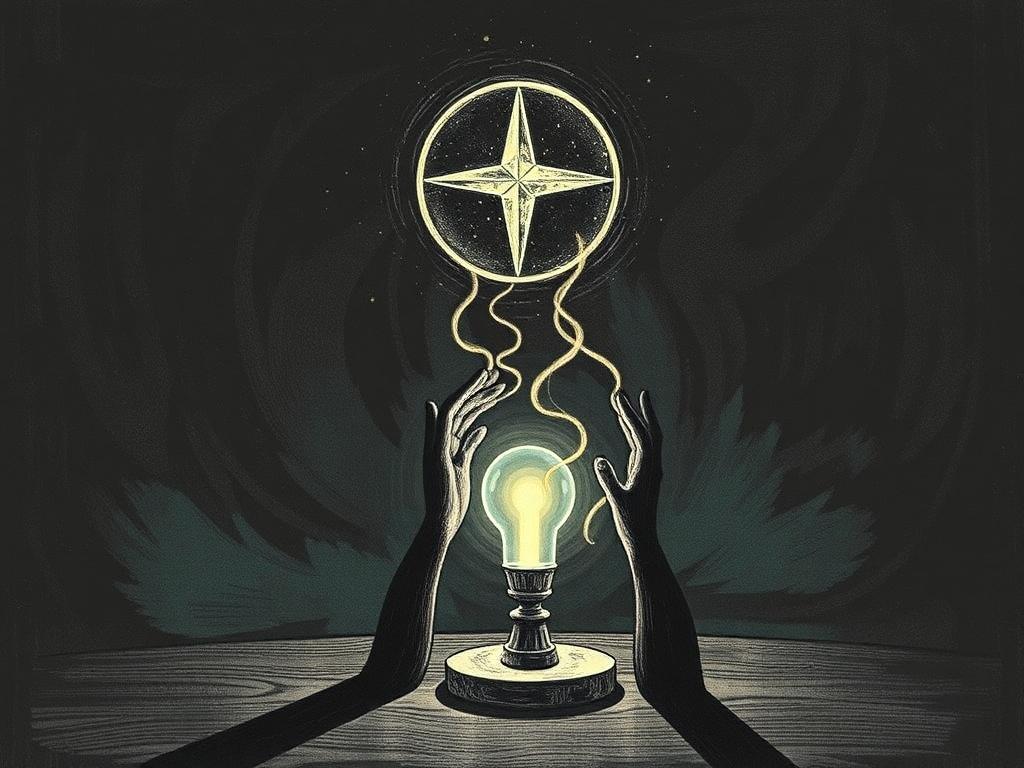Superstitions have fascinated humanity for centuries. From knocking on wood to avoid bad luck to crossing fingers for hope, these quirky behaviors are part of our cultural fabric. But have you ever wondered why we cling to these odd beliefs despite knowing they aren’t backed by science? The psychology of superstitions unravels the intricate dance between our minds and the mysterious rituals we perform. This article will explore why superstitions exist, how they influence our behavior, and what underlying psychological mechanisms keep them alive. Whether you’re a skeptic or a believer, understanding the roots of superstitions reveals much about human nature.
What Are Superstitions? Unpacking the Concept

Before diving into psychology, it’s essential to define what we mean by superstitions. Unlike religion or scientific belief, superstitions are irrational beliefs that certain actions, events, or objects can influence outcomes in a way that defies logic. For example, many people think that breaking a mirror leads to seven years of bad luck or that carrying a lucky charm boosts performance. These beliefs often vary across cultures but share the common thread of attributing causality where none exists.
Psychologically, superstitions are a type of magical thinking—assuming that thoughts, words, or behaviors can directly cause or prevent events. This concept is deeply rooted in human cognition and can extend from childhood into adulthood. To better understand why superstitions persist, it’s helpful to explore the cognitive biases and emotional drivers behind them.
The Cognitive Science Behind Superstitions

Pattern Recognition and Illusions of Control
Humans are natural pattern seekers. Our brain is wired to detect relationships between events, sometimes even when none exist. This ability helped our ancestors survive by connecting cause and effect quickly—if dark clouds gather, rain is coming. However, this superpower can backfire when it leads to false associations.
In the psychology of superstitions, one key concept is the illusion of control—the belief that we can influence outcomes that are actually random. For example, a baseball player might believe wearing a specific pair of socks affects their swing. This illusion provides comfort by making uncertain situations feel manageable.
Confirmation Bias and Selective Memory
Another cognitive factor is confirmation bias, the tendency to notice and remember information that supports our beliefs while ignoring contradictory evidence. When someone practices a superstition, they are more likely to recall the times it “worked” and forget when it didn’t. This selective memory strengthens faith in superstitions over time, making them hard to shake.
Operant Conditioning and Reinforcement
Operant conditioning plays a role in maintaining superstitions. If a behavior is followed by a perceived positive outcome, it is more likely to be repeated. For instance, if a student wears a lucky bracelet and scores well on an exam, the successful result reinforces the superstition. This reinforcement cycle keeps people attached to their rituals.
The Emotional Appeal of Superstitions
Superstitions don’t only affect how we think but also how we feel. They are often tied to fear, anxiety, hope, and the need for control. When faced with uncertainty, people turn to superstitions to reduce stress and feel empowered.
Reducing Anxiety and Building Confidence
Engaging in superstitious behaviors can create a calming effect during stressful situations. Athletes, performers, and even everyday people use rituals to boost confidence and calm nerves. In some cases, these rituals serve as psychological anchors, grounding the individual and improving focus.
Social and Cultural Influences
Superstitions are rarely a solo affair. They are embedded in social traditions and cultural narratives. Participating in superstitions fosters a sense of community and shared identity. For example, many cultures have superstitions tied to holidays or life events, creating collective meaning and connection.
Common Superstitions Around the World: A Comparative Look
Superstitions differ from culture to culture, reflecting unique histories and worldviews. Here’s a look at some popular superstitions worldwide, highlighting their psychological underpinnings.
| Superstition | Culture | Belief/Meaning |
|---|---|---|
| Walking under a ladder | Western cultures | Brings bad luck, possibly linked to religious symbolism of ladders |
| Number 4 | East Asia (China, Japan) | Associated with death because pronunciation sounds similar |
| Breaking a mirror | Worldwide | Leads to seven years of bad luck |
| Red thread on wrist | Middle East, India | Protects from evil eye and negative energies |
| Throwing salt over the shoulder | Western cultures | Prevents bad luck or evil spirits |
This list shows how shared human concerns—protection, luck, and control—manifest through different symbols and practices globally. Despite differences, the psychological motivations remain consistent.
Superstitions in Modern Life: Are They Still Relevant?
Although scientific thinking dominates much of the modern world, superstitions endure. From athletes meticulously following routines to gamblers believing in lucky numbers, superstitions adapt to contemporary settings.
Superstitions in Sports
Athletes are among the most well-known practitioners of superstitions. Rituals like wearing the same socks for every game or tapping a bat three times stem from the need to create consistency and confidence. Scientific studies support that while the specific actions don’t influence performance directly, they boost mental focus and reduce anxiety.
Technology and New-Age Superstitions
Even in the digital age, superstitions evolve. For instance, some people avoid certain numbers in phone passwords, or consider specific days unlucky when scheduling events online. The psychology of superstitions shows that the need to find control and reduce uncertainty remains, regardless of advances in logic or technology.
How to Understand and Manage Your Own Superstitions
Understanding why we develop superstitions can empower us to manage them healthily. Here are some tips for reflecting on your own beliefs and rituals:
- Identify triggers: Notice when and why you turn to superstitions, usually during stress or uncertainty.
- Evaluate evidence: Ask yourself if the behavior has a real impact or is based on coincidence.
- Replace with positive habits: Introduce constructive habits like deep breathing or visualization in place of superstitious rituals.
- Challenge beliefs gradually: Experiment by skipping a superstition and noting the outcome to weaken false associations.
- Seek social support: Talk to friends or a counselor if superstitions cause distress or interfere with daily life.
By approaching superstitions with curiosity and critical thinking, you can reduce anxiety while maintaining healthy routines that support your well-being.
Psychological Disorders Related to Superstitions
In some cases, superstitions can escalate into obsessive-compulsive behaviors that impair functioning. Obsessive-Compulsive Disorder (OCD) often involves superstitious patterns, where compulsions are carried out to avoid perceived harm.
Understanding the difference between harmless superstition and clinical symptoms is important. Healthy superstitions are flexible and not overwhelming. If rituals become rigid or cause significant distress, consulting a mental health professional is advised.
Interesting Psychological Experiments on Superstitions

Several classic studies shed light on how superstitions form and operate. In a famous experiment, researchers found that participants given random positive or negative feedback developed superstitious behaviors related to the tasks. Another study with basketball players showed that wearing a “lucky jersey” increased confidence, suggesting a placebo effect tied to superstition.
These experiments illustrate that superstitions are not useless quirks but deeply entrenched cognitive and emotional processes.
Summary Table: Psychological Factors Behind Superstitions
| Psychological Factor | Description | Effect on Superstition |
|---|---|---|
| Pattern Recognition | Ability to connect events sequentially | Leads to false cause-effect links |
| Illusion of Control | Belief in influencing random outcomes | Makes people perform rituals to feel empowered |
| Confirmation Bias | Selective focus on supporting evidence | Perpetuates belief by ignoring contradictions |
| Operant Conditioning | Behavior reinforced by outcomes | Strengthens ritual repetition |
| Emotional Regulation | Behaviour to manage anxiety and uncertainty | Reduces stress via familiar rituals |
| Social Learning | Adoption of beliefs through cultural transmission | Maintains superstitions across generations |
Conclusion
The psychology of superstitions offers a fascinating glimpse into the human mind’s quest for certainty, control, and comfort in a complex world. Far from being mere oddities, superstitions arise from deeply rooted cognitive biases, emotional needs, and cultural traditions. While they may seem irrational, they serve functional purposes like reducing anxiety, boosting confidence, and creating social bonds. By recognizing the psychological forces behind them, we can appreciate why superstitions remain a universal feature of human behavior and learn to manage our own beliefs with balance and awareness. Whether you still knock on wood or simply chuckle at those who do, the story of superstitions tells us something timeless about the way we navigate the unknown.




















